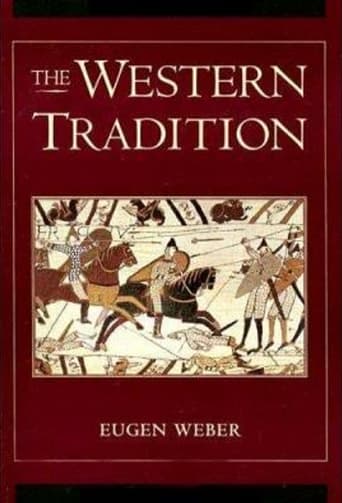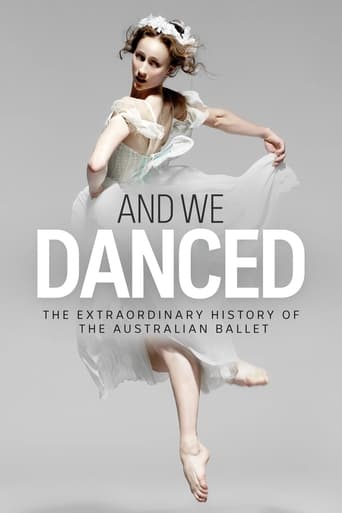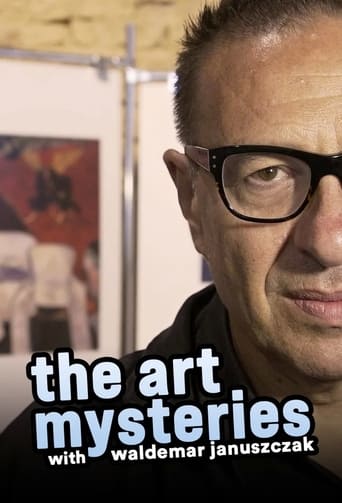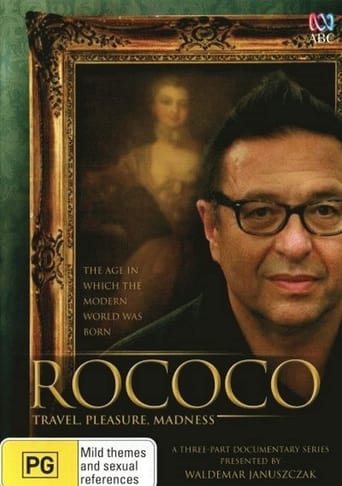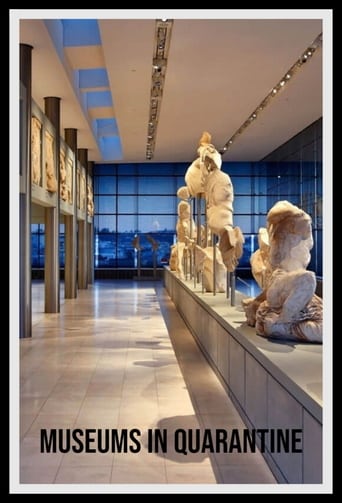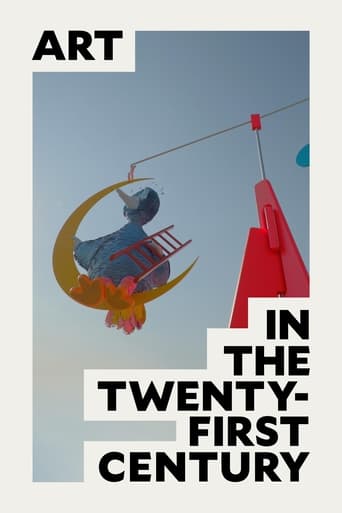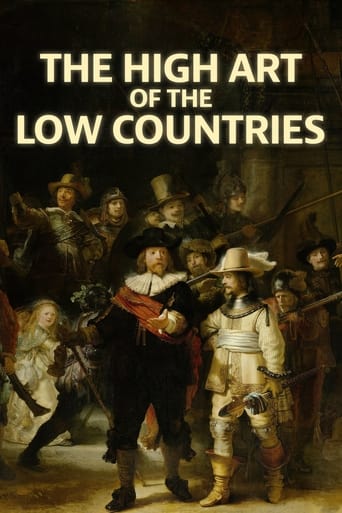The Western Tradition (1989)
The Western Tradition
1989 / TV-G
Covering the ancient world through the age of technology, this illustrated lecture by Eugen Weber presents a tapestry of political and social events woven with many strands — religion, industry, agriculture, demography, government, economics, and art. A visual feast of over 2,700 images from the Metropolitan Museum of Art portrays key events that shaped the development of Western thought, culture, and tradition.
Seasons & Episode

The origins of the human race are traced from anthropoid ancestors to the agricultural revolution.

Egyptian irrigation created one of the first great civilizations.

Settlements in the Fertile Crescent gave rise to the great river civilizations of the Middle East.

Metals revolutionized tools, as well as societies, in the empires of Assyria, Persia, and Neo-Babylonia.

Democracy and philosophy arose from Greek cities at the edge of the civilized world.

Socrates, Plato, and Aristotle laid the foundation of Western intellectual thought.

Alexander's conquests quadrupled the size of the world known to the Greeks.

Hellenistic kingdoms extended Greek culture throughout the Mediterranean.

Through its army, Rome built an empire that shaped the West.

Rome's civil engineering contributed as much to the empire as did its weapons.

Christianity spread despite contempt and persecution from Rome.

The old heresy became the Roman empire's official religion under the Emperor Constantine.

While enemies slashed at Rome's borders, civil war and economic collapse destroyed the empire from within.

Despite the success of emperors such as Hadrian and Marcus Aurelius, Rome fell victim to barbarian invasions.

From Constantinople, the Byzantine Empire carried on the traditions of Greece and Rome.

Nearly a thousand years after Rome's fall, Constantinople was conquered by the forces of Islam.

Barbarian kingdoms took possession of the fragments of the Roman Empire.

Charlemagne revived hopes for a new empire in Western Europe.

Amid invasion and civil disorder, a military aristocracy dominated the kingdoms of Europe.

Bishop, knight, and peasant exemplified some of the social divisions of the year 1000 A.D.

Famine, disease, and short life expectancies were the conditions that shaped medieval beliefs.

The great churches embodied the material and spiritual ambitions of the age.

Two hundred years of war and plague debilitated Europe.

A new urban middle class emerged, while dynastic marriages established centralized monarchies.

Renaissance humanists made man "the measure of all things." Europe was possessed by a new passion for knowledge.

The discovery of America challenged Europe.

Voiced by Martin Luther, Protestantism shattered the unity of the Catholic Church.

As the cities grew, new middle-class mores had an impact on religious life.

For more than a century, the quarrels of Protestants and Catholics tore Europe apart.

Amid religious wars, a few cities learned that tolerance increased their prosperity.

Exhausted by war and civil strife, many Europeans exchanged earlier liberties and anarchies for greater peace.

Arguments about the legitimate source of political power centered on divine right versus natural law.

Monarchs considered reforms in order to create more efficient societies, but not at the expense of their own power.

Intellectual theories about the nature of man and his potential came to the fore.

Scientists and social reformers battled for universal human rights during a peaceful and prosperous period.

Freedom of thought and expression opened new vistas explored by French, English, and American thinkers.

The British colonists created a society that tested Enlightenment ideas and resisted restrictions imposed by England.

A new republic, the compromise of radicals and conservatives, was founded on universal freedoms.

In France the old order collapsed under revolutionaries' attacks and the monarchy's own weakness.

Liberty, equality, and fraternity skidded into a reign of Terror.

Technology and mass production reduced famine and ushered in higher standards of living.

A consumer revolution was fueled by coal, public transportation, and new city services.

Leaders in the arts, literature, and political theory argued for social justice and national liberation.

The great powers cooperated to quell internal revolts, yet competed to acquire colonies.

Public education and mass communications created a new political life and leisure time.

Everyday life of the working class was transformed by leisure, prompting the birth of an elite avant-garde movement.

Old empires crumbled during World War I to be replaced by right-wing dictatorships in Italy, Spain, and Germany.

World War II was a war of new tactics and strategies. Civilian populations became targets as the Nazi holocaust exterminated millions of people.

The U.S. and Soviet Union dominated Europe and confronted each other in Korea.

Burdened with the legacy of colonial imperialism, the Third World rushed development to catch up with its Western counterparts.

Keeping up with the ever-increasing pace of change became the standard of the day.

Modern medicine, atomic energy, computers, and new concepts of time, energy, and matter all have an important effect on life in the 20th century.
Covering the ancient world through the age of technology, this illustrated lecture by Eugen Weber presents a tapestry of political and social events woven with many strands — religion, industry, agriculture, demography, government, economics, and art. A visual feast of over 2,700 images from the Metropolitan Museum of Art portrays key events that shaped the development of Western thought, culture, and tradition.
Watch Trailer
Free Trial Channels


